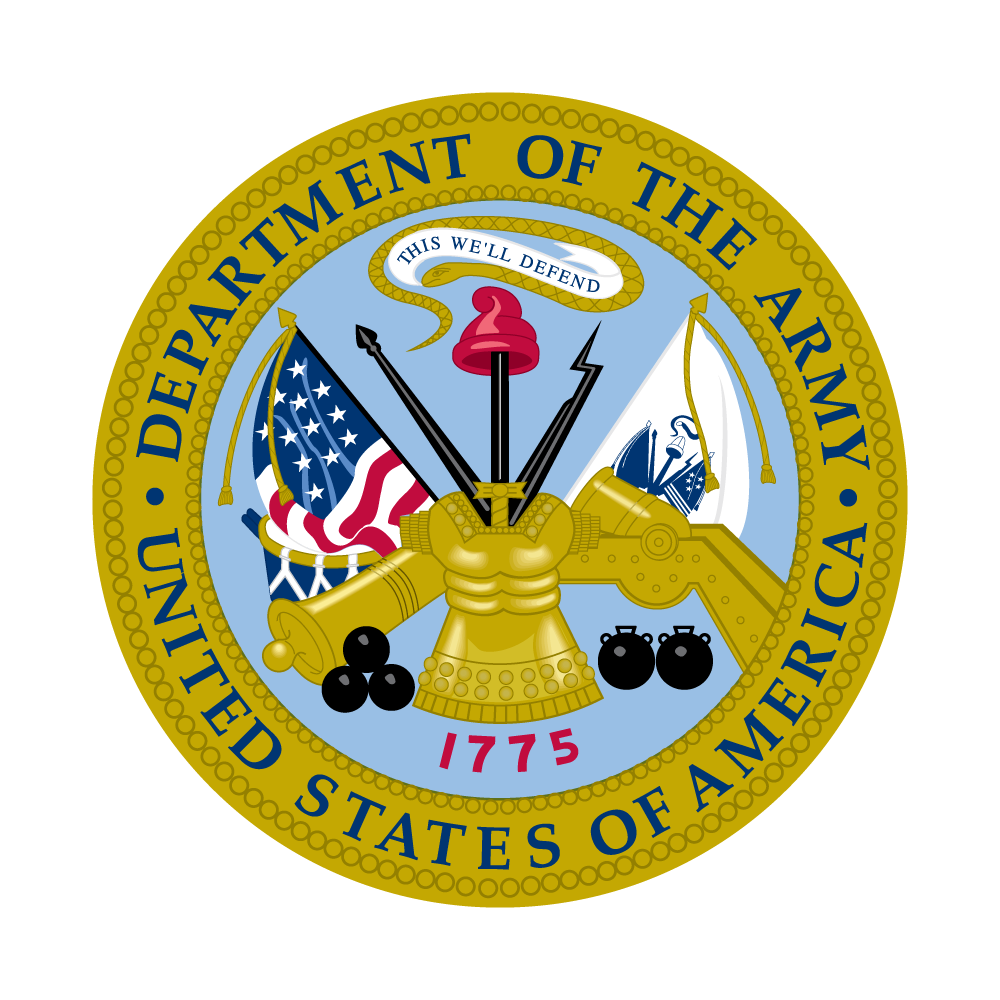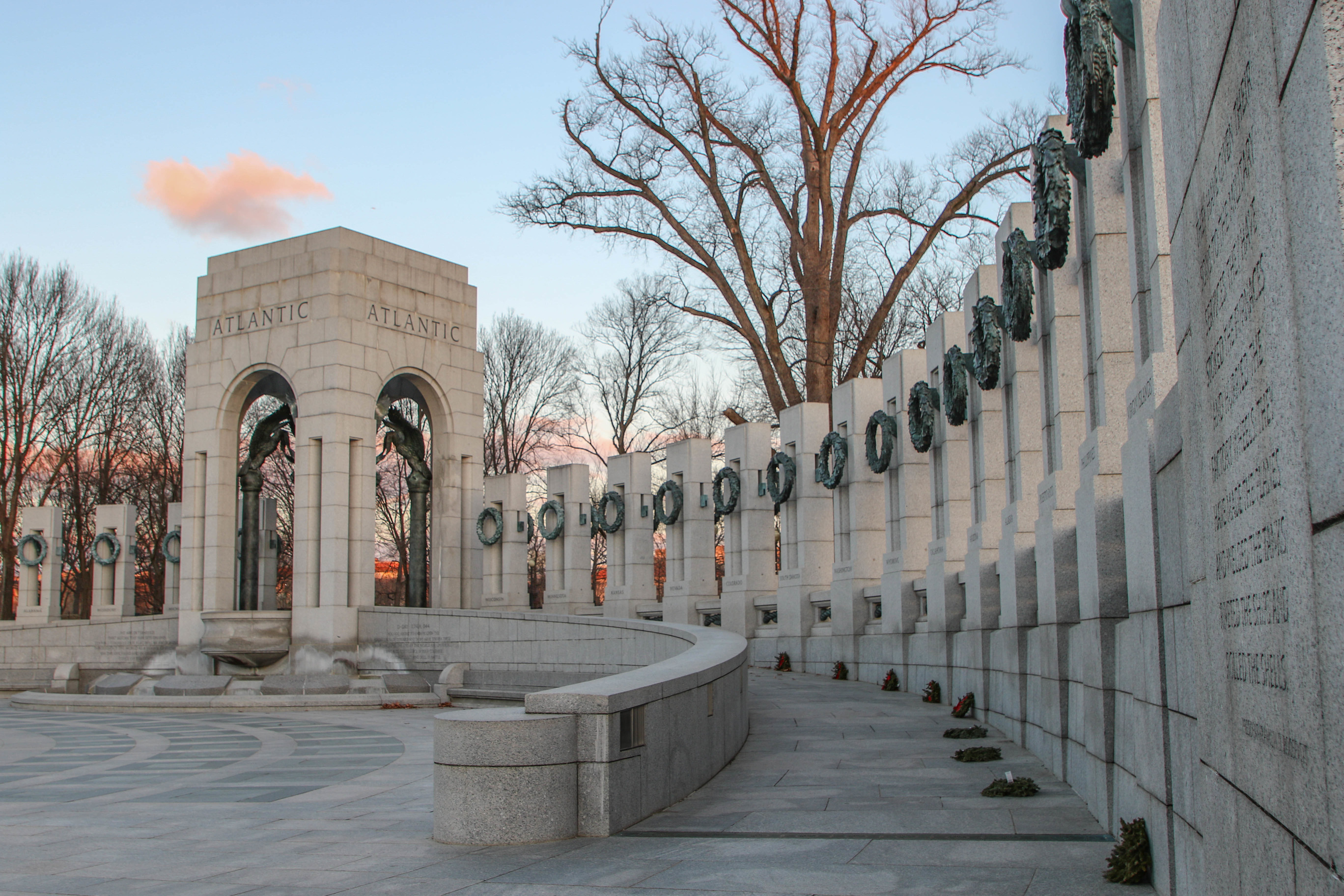World War II Honoree
World War II Veteran

Harold "Hal" William Beam
Branch of Service
U.S. Army
Hometown
Buffalo, New York
Honored By
Janet Beam, Greg Beam, Nancy Beam Thompson
Relationship
wife, son, daughter

He was a freshman at the University of Michigan when he was drafted into the U.S. Army, October 26, 1943. After undergoing abbreviated basic training at Fort Benning, near Columbus, Georgia, March 1944, he was assigned to G Company, 423rd Infantry Regiment, 106th Infantry Division—the Golden Lion Division, then to Camp Atterbury, Indiana, for advanced infantry training with the 106th. It was during this assignment that he was designated the company runner and bugler (MOS 803), thanks to having played trumpet in the Michigan Marching Band. In October 1944, he deployed with the 106th to Europe. His unit shipped out to Europe aboard the RMS Queen Elizabeth, which had been pressed into service as a troop transport, and sailed from New York City to Glasgow, Scotland. By early December 1944, the 106th was in Le Havre, France. Several days later, the 106th had moved northeast and was in position opposite German Panzer divisions at the Siegfried Line. By mid-December, both the 422nd and 423rd Infantry Regiments had been surrounded and outgunned by battle-hardened German forces in what would come to be known as the Battle of the Bulge. As company runner, he was at regimental headquarters when the decision was made to surrender. It was his duty to bring that order to his company commander: break down all their weapons and conduct an orderly surrender to the Germans. As prisoners of war (POWs), the 8,000 men of the 106th were now forced to march east into Germany. They marched for four days, each night sleeping on the ground, in the snow, in the bitter cold winter of mid-December 1944, without access to adequate, warm clothing or bedding. Hal and POW buddy Jack Naslund would huddle together for warmth, often sleeping on a single blanket, with Hal’s own woolen coat over the two of them. From their first night out in the open, Hal began to suffer from frozen feet, which made it ever harder and more painful to walk. In a few more days, they eventually reached Koblenz, on the Rhine River, where they were housed in a large warehouse for the night. The next day, they continued to march further east into the German heartland until they arrived at Limburg, where they were fed for the first time in eight days. Their ordeal continued by rail for the next six days in mostly standing-room-only, unheated box cars until they reached their destination, Stalag IV-B, one of the largest prisoner-of-war camps in Germany, near Mühlberg, on the Elbe River, northwest of Dresden. Hal and some 100 other POWs would eventually be quartered in the community center in the village of Gleina, west of Leipzig, and assigned to work in nearby Tröglitz, salvaging bricks to rebuild a bombed-out coal-gasification plant. Concerned that the Russians were approaching, the guards rousted all the able-bodied POWs out of bed during the night of April 13, 1945, and evacuated the camp. When Hal woke up at daybreak, he found himself alone in the middle of a deserted camp—everyone else had fled. Uncertain what to do, Hal was standing alone in the middle of the main road when a U.S. tank rumbled past, followed by a truckload of U.S. soldiers. The officer in charge determined that Hal needed medical attention and arranged for him to be taken by ambulance that same day to a mobile army surgical hospital (MASH). Within just a few hours, Hal was aboard a flight to France, then back to the States, where he spent the next four months recuperating at Rhoads General Hospital in Utica, New York. (When he was taken prisoner, December 19, 1944, Hal weighed 160 pounds; four months later, when he was liberated, his weight had dropped to 87 pounds.) He was honorably discharged, August 8, 1945, at the U.S. Army General Hospital, Butner, North Carolina. Battles and Campaigns: Rhineland GO 40 WD 45; Ardennes GO 40 WD 45. Decorations: European African Middle Eastern Theatre Ribbon with Two (2) Bronze Battle Stars; Good Conduct Medal, November 17, 1944; Purple Heart, May 6, 1945.
